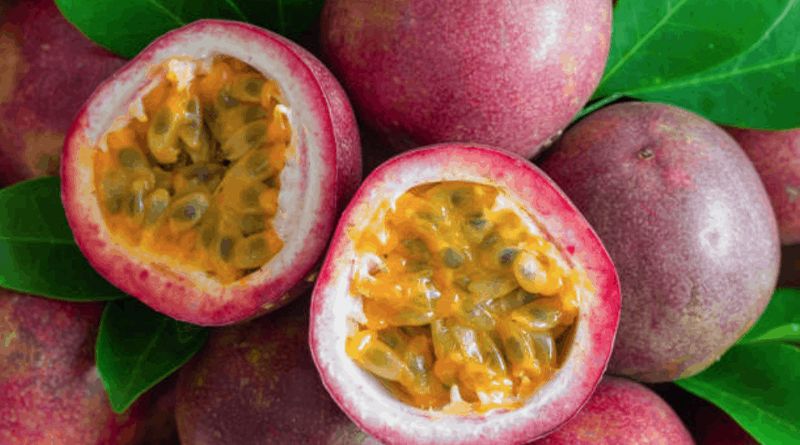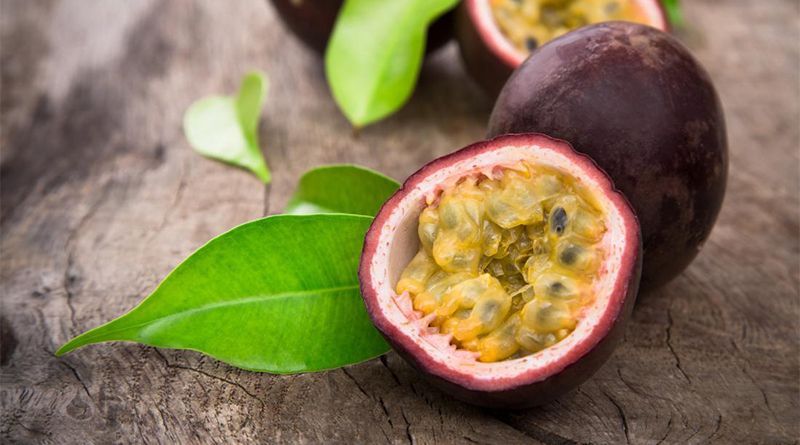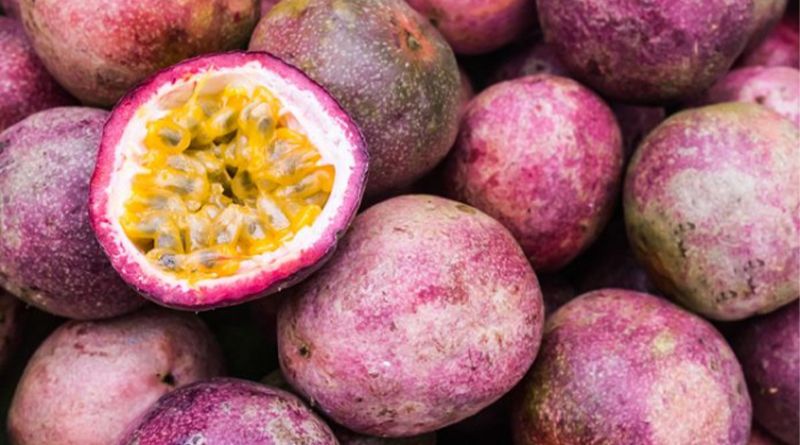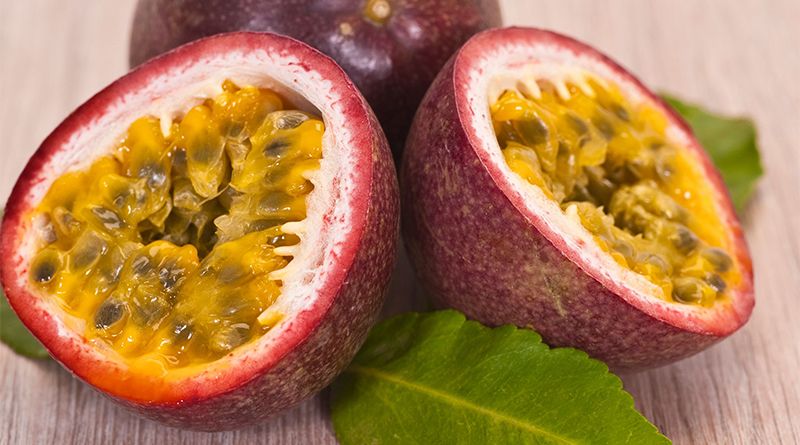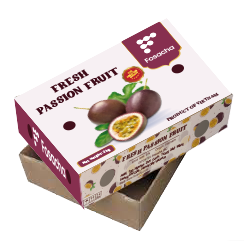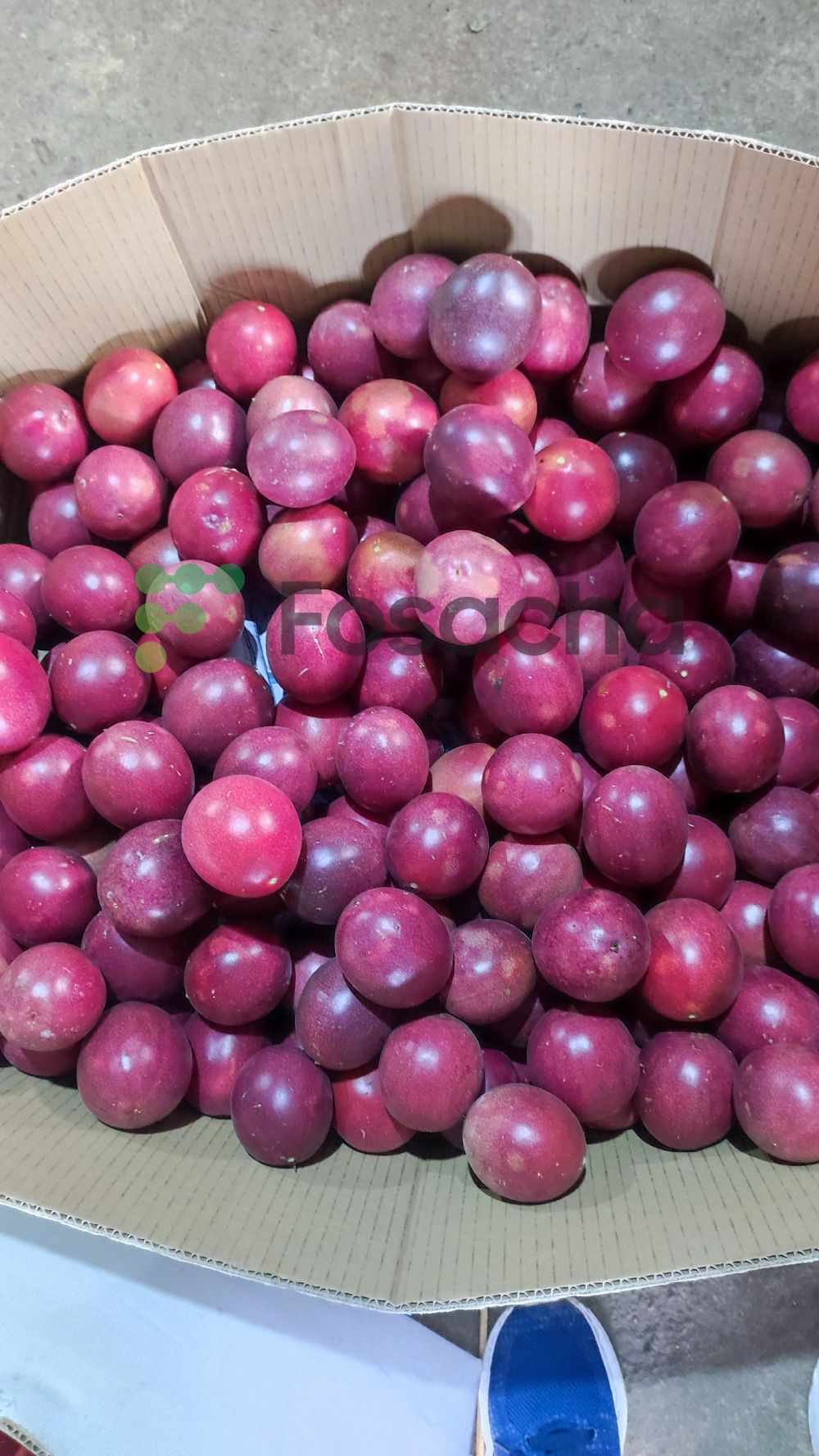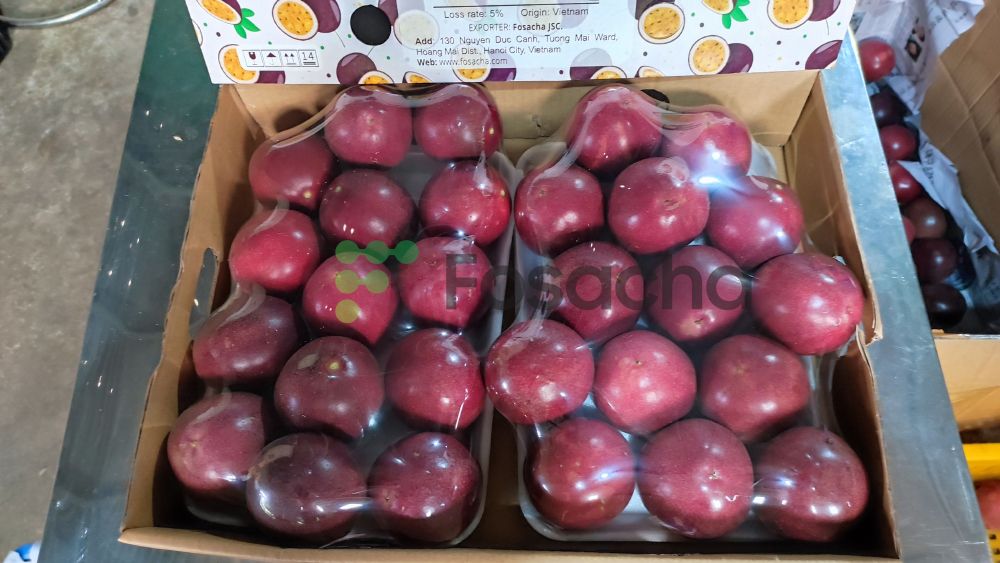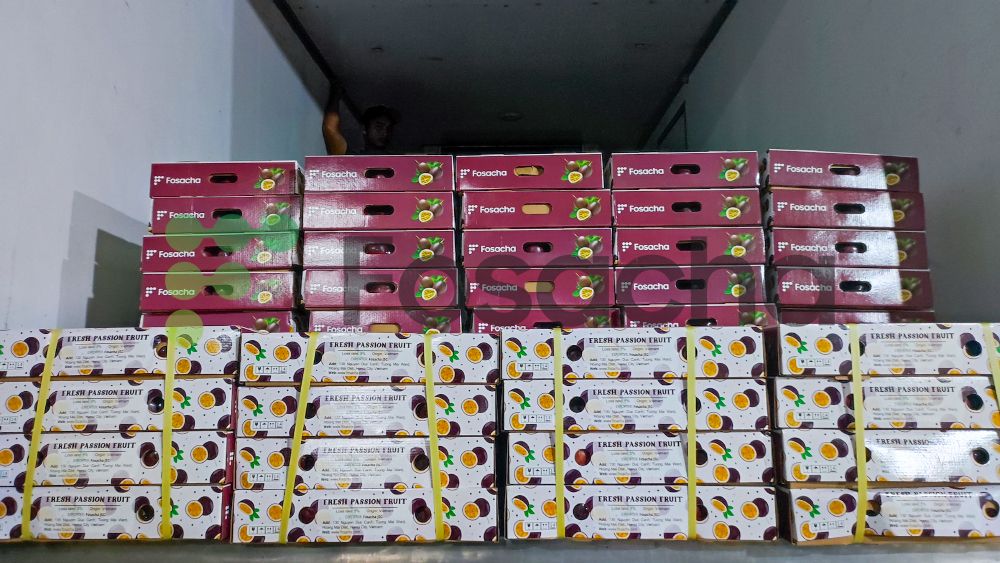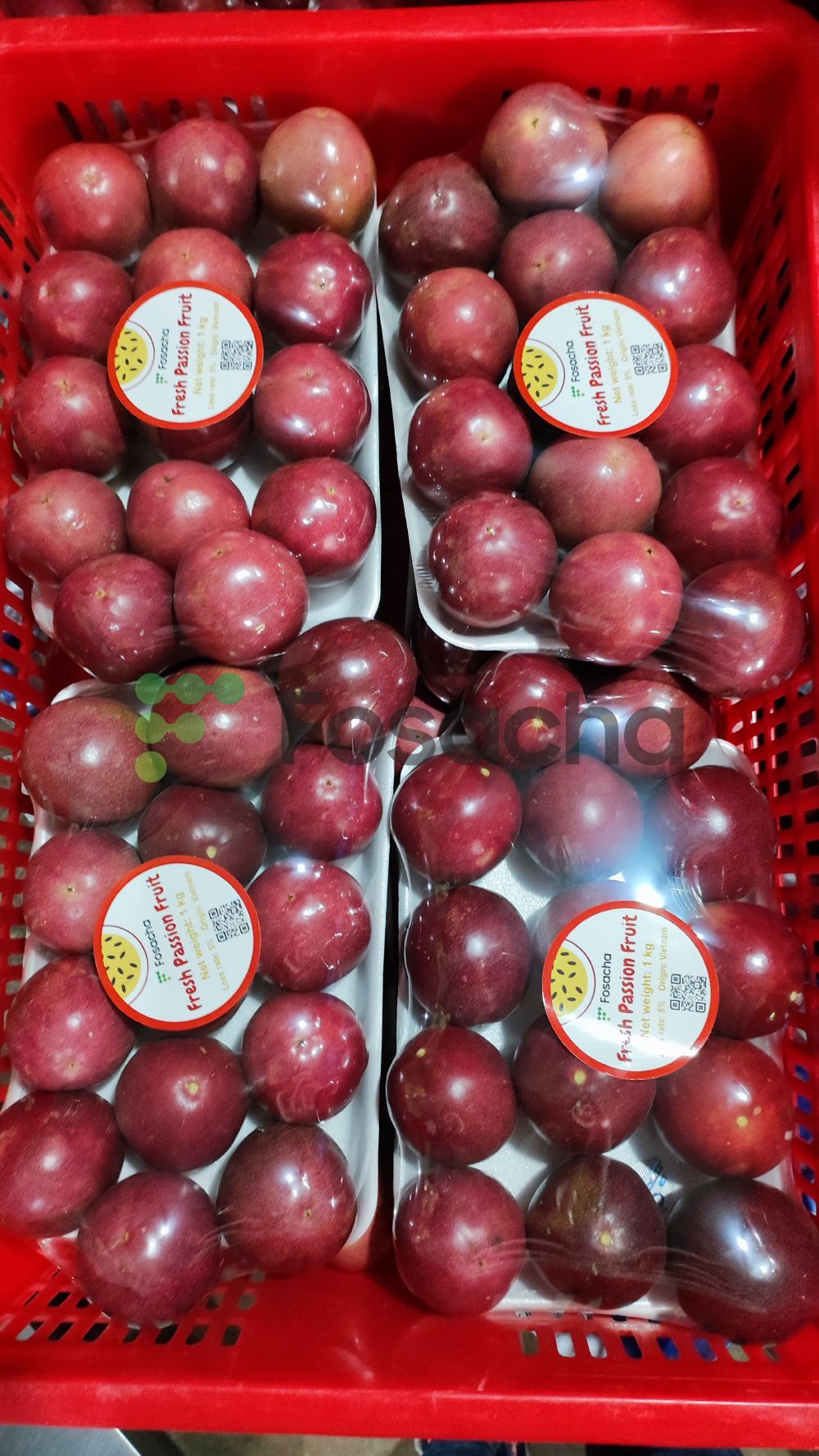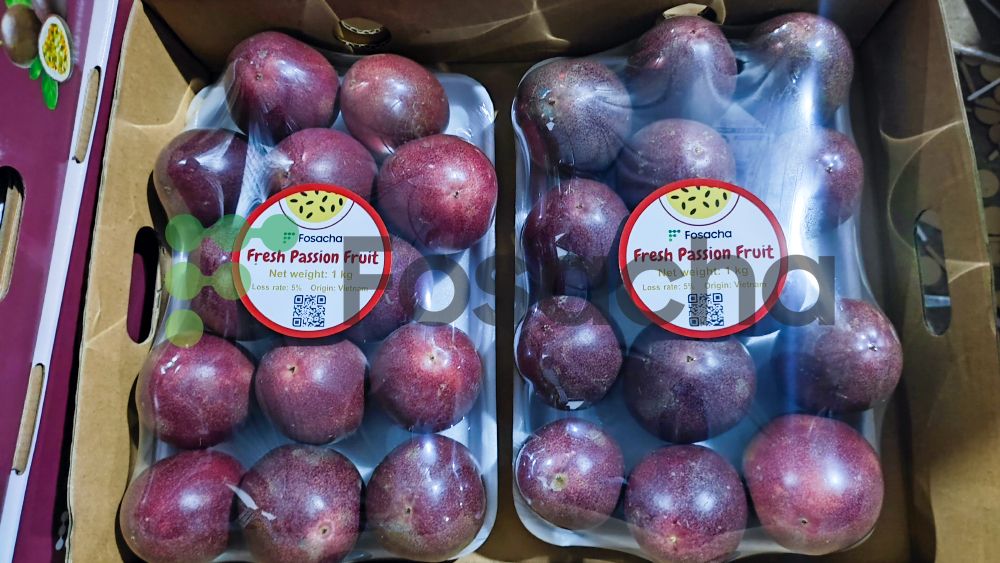PASSION FRUIT
Passion fruit is a widely loved fruit by the global consumer. It has two varieties, purple and yellow skin passion fruit, though purple skin passion fruit has higher economic value and is a major exported product of many countries. The purple passion fruit plant originated in subtropical South America, a native from Brazil to northern Argentina. At the present, passion fruit is being cultivated in many tropical regions across the world.
A sweet exotic fruit, it’s most ripe when it’s all wrinkly. Although small in size, inside the smooth and thick leathery skin, passion fruit has a dark eye-catching yellow flesh and edible black seed that provide a crunchy texture. The taste is refreshing, sweet with a bit of sour note
 Passport
Passport
 How to eat
How to eat
Passion fruit can be eaten fresh by scooping the flesh out of the halved fruit with a spoon. In addition to drinking directly, passion fruit can be used in other dishes such as cakes, jellies, or soft drinks to take advantage of the great benefits contained in passion fruit.
 Health benefit
Health benefit
Passion fruit is known to be a fruit with a high content of good nutrients such as vitamins and minerals that promote health and help the body against diseases.
Passion fruit is rich in potassium and minerals, which play an important role in regulating blood pressure, helping to relax blood vessels, and increasing blood flow, thereby reducing stress and especially helping to improve health. healthy cardiovascular system. Vitamin A, vitamin C, and some other amino acids in the fruit help promote white blood cell activity, prevent infection, antioxidants and protect the immune system. Moreover, its large amount of citric acid can clean all dirt, bacteria, and unclog pores, preventing the formation of acne blocks.
Nutrition value (per 100g):
- Calories: 97 kcal;
- Carbohydrates: 23.4 g
- Dietary Fibers: 10.4g
- Protein: 2.2g
- Vitamin C: 30 mg
- Vitamin A: 64 μg
- Β-carotene: 743 μg
- Potassium: 348 mg
 Export Overview
Export Overview
In recent years, Vietnam has emerged as a leading producer and exporter of passion fruit in the ASEAN region due to favorable natural conditions and increasing demand for passion fruit and its products in the international market, especially the high-end markets. Vietnamese passion fruit has been imported by over 50 countries, with its main markets being The United States, EU, and China
 What’s FOSACHA
What’s FOSACHA
Purple passion fruit is one of the exported products in FOSACHA’s portfolio. Weprocure our product directly from the farms of our supply chain. The passion fruit is grown using the traditional cultivation method and hand-harvested.
Our passion fruit is free from damage, soil cuts, and other infections. Most importantly, the product must be GlobalGAP-compliant, able tomeet the standards of food hygiene and safety, as well as be of clear origin to be traceable. Our quality personnel test the product on the parameters of taste and freshness during the procurement and also make sure that the packaging is also being done properly, as per international standards.
If you are interested in high quality, VietGAP, GlobalGAP compliant passion fruit from Vietnam, please contact us for further discussion
Company: FOSACHA Joint Stock Company
Address: 130 Nguyen Duc Canh Str, Tan Mai Ward, Hoang Mai District, Hanoi, Vietnam
Tel: (+84) 869330380
Website: https://fosacha.com/
Email: info@fosacha.com
 Storage advice
Storage advice
- Production Lead Time: 7-15 days upon packaging requirements
- Storage temperature: Stored in a cool, dry place at 6 to 8°C and CBM 25%
 Availability
Availability









